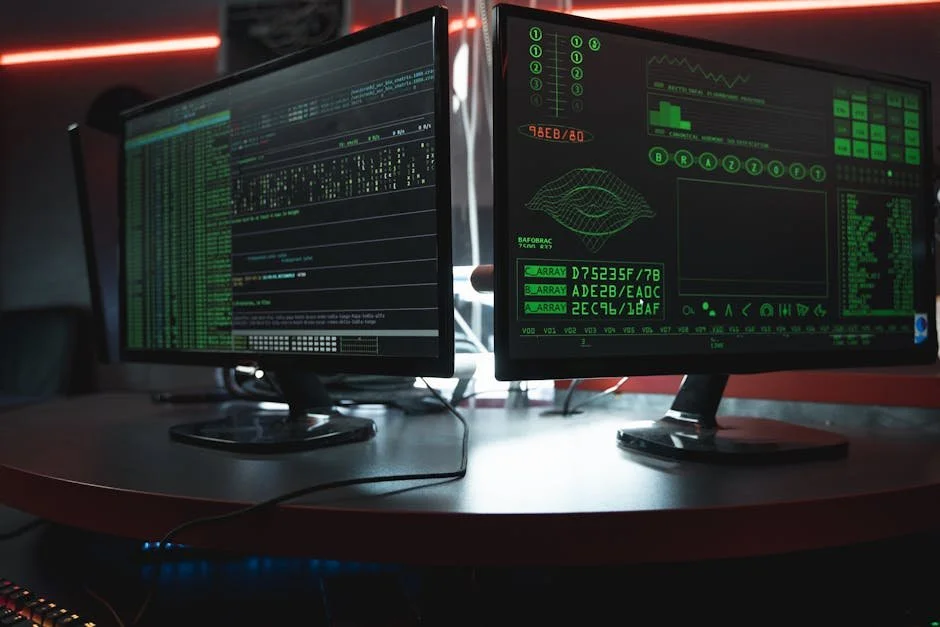How Often Should IT Enterprise Security Measures Be Updated?
In an ever-evolving digital landscape, staying ahead of threats with timely IT enterprise security updates is not just wise—it's imperative.
Understanding IT Enterprise Security
IT enterprise security encompasses the strategies and measures employed to protect organizational digital assets from cyber threats. This multifaceted domain includes hardware, software, policies, and practices designed to fend off attacks and maintain the integrity, confidentiality, and availability of data.
At its core, IT enterprise security aims to mitigate risks associated with cyberattacks, unauthorized access, and data breaches. With the advent of sophisticated hacking techniques, the role of IT security within an enterprise has never been more crucial.
The Importance of Regular Updates
Regular updates of IT security measures are essential to combat the continuously evolving landscape of cyber threats. These updates can patch vulnerabilities, fortify systems against new types of malware, and enhance the overall security posture of an organization.
Failing to update security systems can leave an organization exposed to the risk of cyberattacks, potentially resulting in substantial financial losses, reputational damage, and legal liabilities.
Factors Influencing Update Frequency
The frequency of IT security updates is influenced by several factors, including the nature of the business, the sensitivity of the data handled, and the current threat landscape. High-risk sectors, such as finance and healthcare, may require more frequent updates.
External factors, such as regulatory requirements and known vulnerabilities, also play a significant role in determining how often updates should be implemented to ensure compliance and mitigate risk.
Best Practices for Updating IT Security Measures
Best practices for updating IT enterprise security involve establishing a regular review and update schedule, conducting thorough risk assessments, and ensuring that all security measures are aligned with the latest industry standards and regulations.
It is also crucial to engage in continuous monitoring and testing of security systems to identify and address vulnerabilities proactively, rather than reacting to breaches after they occur.
Risks of Not Updating Regularly
The risks of not updating IT enterprise security measures regularly are manifold. Outdated security systems are more vulnerable to attacks, which can lead to data breaches, operational disruptions, and financial losses.
Moreover, organizations that fail to maintain up-to-date security practices may also face regulatory penalties and damage to their reputation, which can have long-term implications for business viability and success.
Common Signs Your Security Needs an Update
Common indicators that IT security measures need an update include an increase in unusual network activity, the discovery of new vulnerabilities or exploits, and the release of critical security patches by vendors.
Additionally, any changes to organizational operations or infrastructure, such as the adoption of new technologies or expansion into new markets, should prompt a review of current security measures.
Implementing a Security Update Schedule
Implementing a structured schedule for IT security updates involves regular assessments of the threat landscape, alignment with industry compliance standards, and coordination across all departments to minimize disruption.
Security professionals should work closely with IT and operational teams to ensure that updates are deployed efficiently, with minimal impact on business operations, ensuring that security measures are effective and up-to-date.
Establishing a balanced approach to scheduling—neither too frequent to disrupt business operations nor too infrequent to risk security breaches—is key to maintaining a strong IT security posture.
Conclusion: Staying Ahead with Proactive Updates
To maintain a vigorous defense against cyber threats, IT enterprise security must be dynamic, adapting to new challenges with strategic updates and proactive measures.
Staying Vigilant with IT Security Updates
In conclusion, a vigilant and proactive approach to updating IT enterprise security measures is crucial in safeguarding an organization's digital assets against emerging threats. By adhering to industry best practices, understanding the significance of compliance, and committing to regular security audits, enterprises can ensure that their security posture remains robust and responsive. The frequency of updates may vary, but the commitment to vigilant, strategic updates should remain constant, embodying the old adage: an ounce of prevention is worth a pound of cure.

